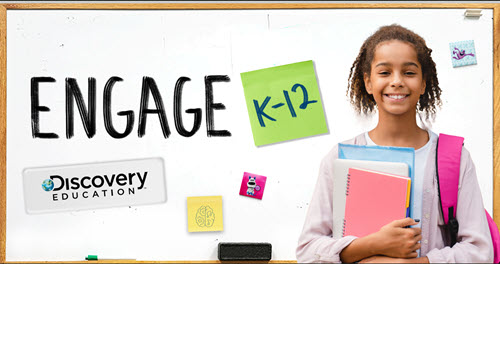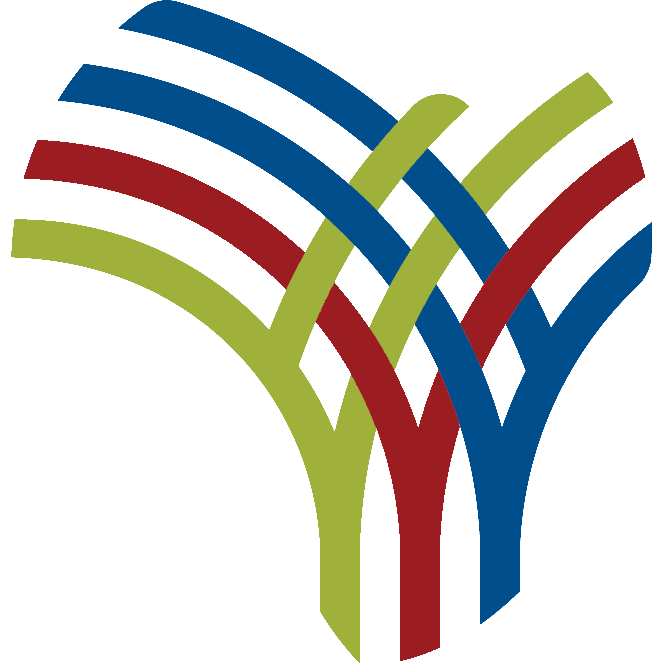Key points:
- Specific goals provide a clear path to turn dreams into reality
- Connecting learning to career exploration
- Online learning in high school helps students explore career pathways
- For more news on goal setting, visit eSN’s Innovative Teaching hub
Spring is the perfect time for a reset—an opportunity to reflect on progress, adjust goals and finish the school year strong. For students, the mid-year stretch is a chance to assess their learning, refine their decision-making skills and build momentum for the opportunities ahead.
In today’s world, goal setting isn’t just about school—it’s a necessary life skill. By looking at the bigger picture, students can aim for academic achievements, ideate on their personal and professional goals, and set themselves up for a successful future.
Time Management Skills: A Foundation for Success
One of the most significant benefits of goal setting is the development of time management skills—you can’t meet your goals if you don’t have the time. Learning to manage schedules effectively helps students juggle schoolwork, extracurricular activities and a social life. Parents can play a pivotal role in this process by modeling effective time management and encouraging their children to use planners, digital tools or simple to-do lists.
For instance, parents can help students set realistic deadlines for completing school projects or studying for exams, considering the need for relaxation and the siren call of family fun. By fostering these habits early, students develop the ability to prioritize and stay organized—a crucial skill in both academic and professional settings. And by working to model those habits, grownups might find themselves less frantic as well.
Achieving School-Life Balance
By focusing on school-life balance, students are better equipped to set realistic goals and develop the resilience needed to navigate challenges. Parents can support this balance by encouraging structured routines that allow for both productivity and downtime. This ensures that students—and their families—can enjoy the journey of learning without feeling overwhelmed.
Research by Connections Academy highlights the importance of achieving school-life balance. According to their findings, students with a strong school/life balance are more likely to prioritize their wellbeing through activities like taking breaks, drinking water and getting enough sleep. They are also less likely to struggle with their mental wellbeing and often have a clearer understanding of their future aspirations, with 76% knowing what career they want to pursue.
Leveraging Flexibility
Flexibility is a powerful tool for achieving personal and academic goals, allowing individuals to adapt their approach based on their unique needs and circumstances. Whether managing responsibilities, pursuing new opportunities, or balancing commitments, embracing flexibility helps reduce stress and improve productivity. One way this can be applied is through virtual learning, which offers students the ability to customize their schedules while staying on track academically.
Parents can support their children in setting daily or weekly goals within a virtual learning environment by ensuring time is effectively allocated for both academic growth and personal development. This adaptable approach not only fosters academic success but also empowers students to take ownership of their learning and develop self-awareness about how and when they work best—an essential skill for success in today’s self-directed, remote-working world.
Building Habits for Long-Term Success
As multiple studies and observations have shown in recent years, prioritizing well-being and mental health alongside education is essential. Along with incorporating wellness goals (such as regular exercise, mindfulness practices and sufficient sleep) students and parents need to learn to recognize when help, support or a new path is required. Resilience, focus and a sense of self are traits that help build a fulfilling life, no matter what course someone’s career takes.
Parents can support this balance by promoting healthy routines and emphasizing the importance of downtime. Simple practices, like taking breaks between study sessions or engaging in family activities, can significantly enhance a student’s mental and emotional well-being. And creating an environment where kids feel comfortable and supported can go a long way in helping them differentiate between good and bad habits.
Aligning Goals with Future Readiness
By aligning goals with in-demand skills, students can better prepare for future career opportunities. Pearson’s US Skills Map highlights the most sought-after skills in today’s job market, including critical thinking, adaptability and digital literacy. Pearson’s Connections Academy integrates this approach into its curriculum, including using the Pathful college and career readiness tool, empowering students to connect their academic achievements with real-world applications.
But no matter the educational environment, setting clear goals helps students channel their energy in the right direction. Specific goals provide a clear path, and actionable steps turn dreams into reality, bringing a sense of accomplishment and keeping students motivated as they track their progress. Celebrating small victories builds confidence and resilience, preparing them to face future challenges with a positive mindset. Well-defined goals keep students focused and organized, ensuring they make meaningful progress toward their educational and career objectives. Spring is the perfect time to reflect on those achievements and make any necessary adjustments to finish the school year strong.
As the season changes, parents and educators can help students embrace the opportunity to set thoughtful, impactful goals. By fostering time management, leveraging virtual learning opportunities and promoting a balanced approach to well-being, students can cultivate the skills needed for success in school and beyond. The journey from classroom to career is clearer than ever with resources like career assessments, graduation tracking tools, Pathful, Pearson’s US Skills Map and the support of innovative platforms like Connections Academy.
This season, let’s empower students to reflect, refine their goals, and take meaningful steps toward their aspirations for a strong finish this school year and a bright future ahead.




















Discussion about this post